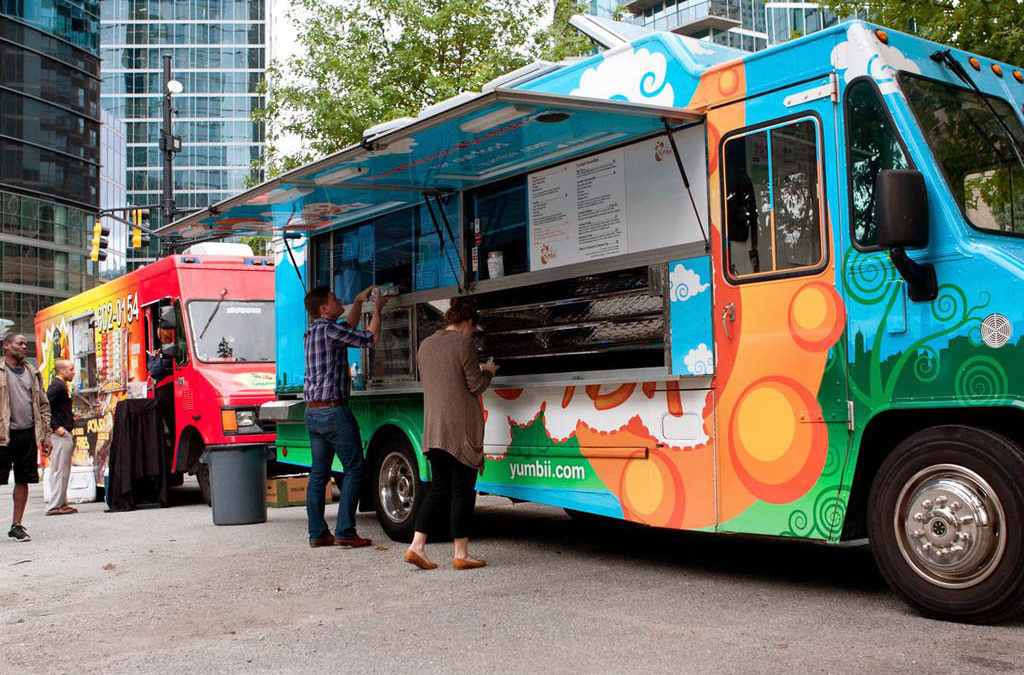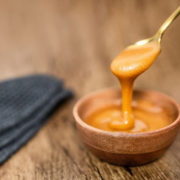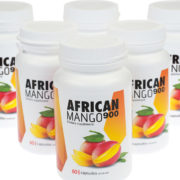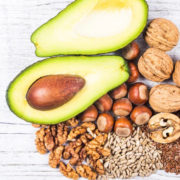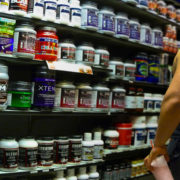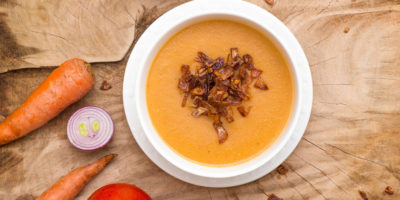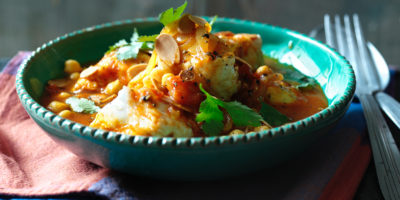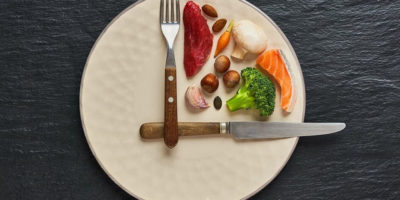What’s So Special About Arabica Coffee?
Have you ever wondered why it is that Arabica coffee is mentioned as a selling point on some coffees and why it seems to attract a higher price as well? A quick online search will return hundreds of results for coffees boasting ‘100% pure Arabica beans’ or ‘blended using Arabica coffee’.
The answer is a lot more simple than you might think. Most coffee blends are made using either Arabica or Robusta, and most of the time, a mixture of the two in varying ratios. Robusta cherries contain, on average, just over twice the caffeine of Arabica cherries (which you might think is a good thing!) and more caffeine that almost any other major coffee type. Caffeine itself has a slightly bitter taste, and this shows up in the blending process when Robusta is used, resulting in a bitter and slightly burnt taste. Arabica, by contrast, contains far less caffeine and therefore results in a smoother and less bitter flavour.
Of course, the blending and roasting processes can correct much of this, and so there’s no need to be put off drinking coffee that is primarily made using Robusta beans, unless it’s cheap and nasty coffee anyway. Generally speaking, the more Arabica that is used in a given blend, the smoother and less bitter it will taste (assuming it has been made properly of course), with 100% Arabica coffee being particularly sought after by many coffee drinkers.
Another factor that makes Arabica coffee more desirable than other types is that the plants it comes from are less hardy than Robusta coffee plants, and therefore they are more expensive to source. In some years with adverse weather conditions, the price will increase more than other types of coffee simply because the plants haven’t produced the same sized crop as normal. Arabica is also more susceptible to pests and needs very specific climactic conditions including soil with low acidity levels, an evenly distributed amount of regular rainfall and a temperature averaging around 20 C.
All of these factor contribute to a higher price, which in turn means it’s not used as much in cheaper coffee blends.
Robusta plants, on the other hand, can grow at lower altitudes and don’t require the same precise weather conditions to thrive. The are less vulnerable to pests and each tree can produce as much as double the crop of a similar Arabica tree. That’s not to say that Robustas are always inferior – like anything else, there is varying quality and the very best can produce an outstanding espresso for example, and there are also Arabicas that are of below average quality too. However, taken as a whole, Arabica is generally reckoned to be of superior quality.
Ultimately of course, all of this is irrelevant if you prefer the taste of something else. Try a 100% Arabica blend and then try a few with more Robusta and see if you can tell the difference – it should be quite noticeable. Most instant coffee (unless it states otherwise), together with supermarket own-brand ground coffee will be made up predominantly, or exclusively, of Robusta beans.
As with most things, you get what you pay for. So next time you see a coffee being advertised as 100% Arabica, you’ll know why you’re having to pay that little bit more for it.
A1 Coffee



